Eleusis Greece is a suburban town, 21 km northwest of the center of Athens Greece, founded in 2000 BCE(circa) and the location of one of the most famous cults in ancient Greece, the Eleusinian Mysteries.
But what exactly were the Eleusinian Mysteries? If I had to offer a simplified and quick explanation, I would say it was a group of initiatives (mystai) participating in a complicated religious ritual trying to discover how to overcome the fear of death.
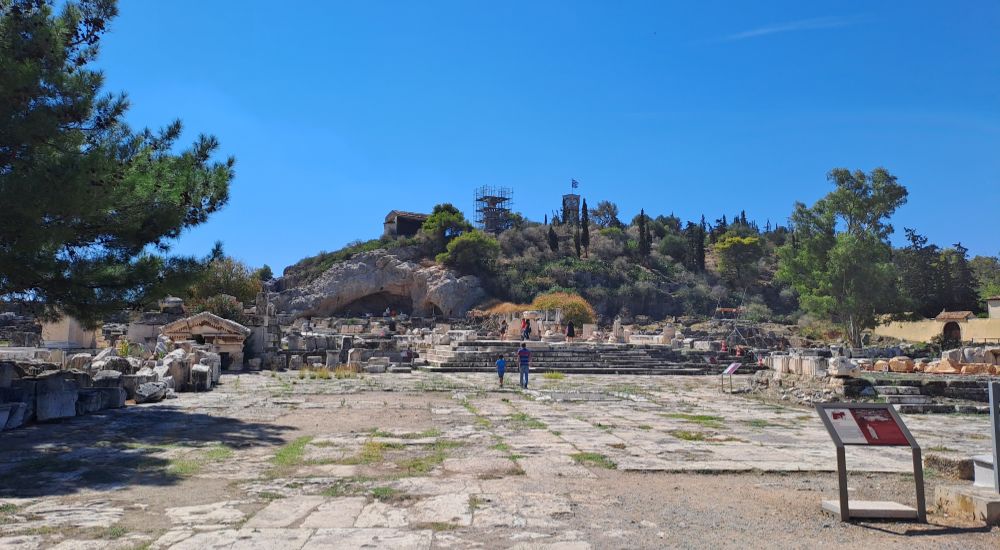
The participants of the Eleusinian Mysteries would walk from the Acropolis of Athens to Eleusis. The Mysteries first occurred as early as the 6th BC century, while Solon was the ruler of Athens. In 400 AD the Visigoths of Alaric destroyed the sanctuary in Eleusis and thus the cult came to an end.
Read in this post information about the archaeological site of Eleusis, its new Museum that opened in 2023, and all about the ritual of the Eleusinian Mysteries. As it is quite close to Athens, every time I go toward Peloponnese, I visit the site as it is one of my favorite ones!
*Some of the links below are affiliate links. That means I may make a commission if you click and buy. The commission comes at no additional cost to you.
My Latest Video on Eleusis
Brief History of Eleusis Town
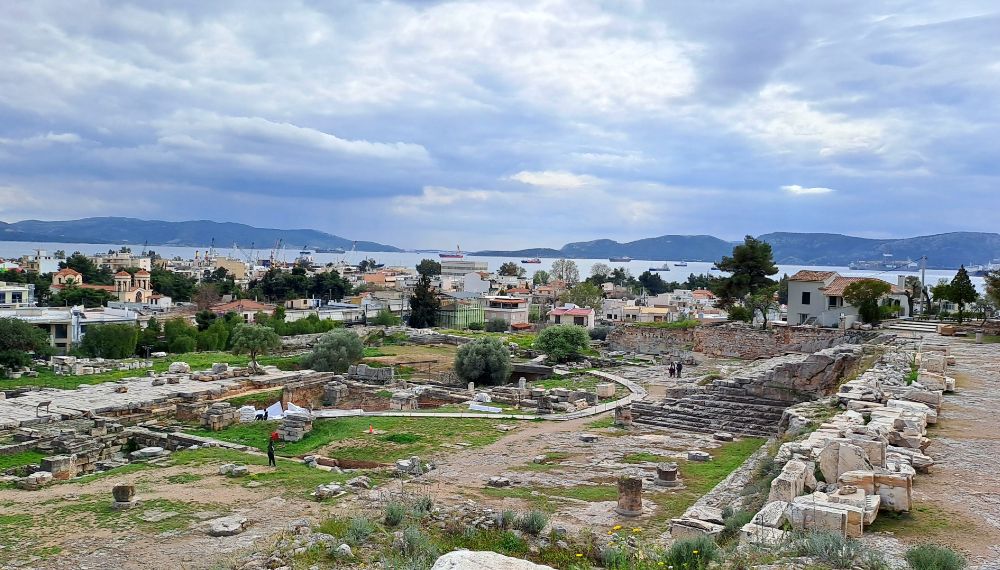
In ancient Greece, Eleusis was one of the most important sanctuaries of the ancient world. Eleusis was one of the five sacred cities in Greece and the birthplace of the great tragic poet Aeschylus (born in 525 BCE).
Eleusis was also the location of one of the most famous ancient rituals: The Eleusinian Mysteries.
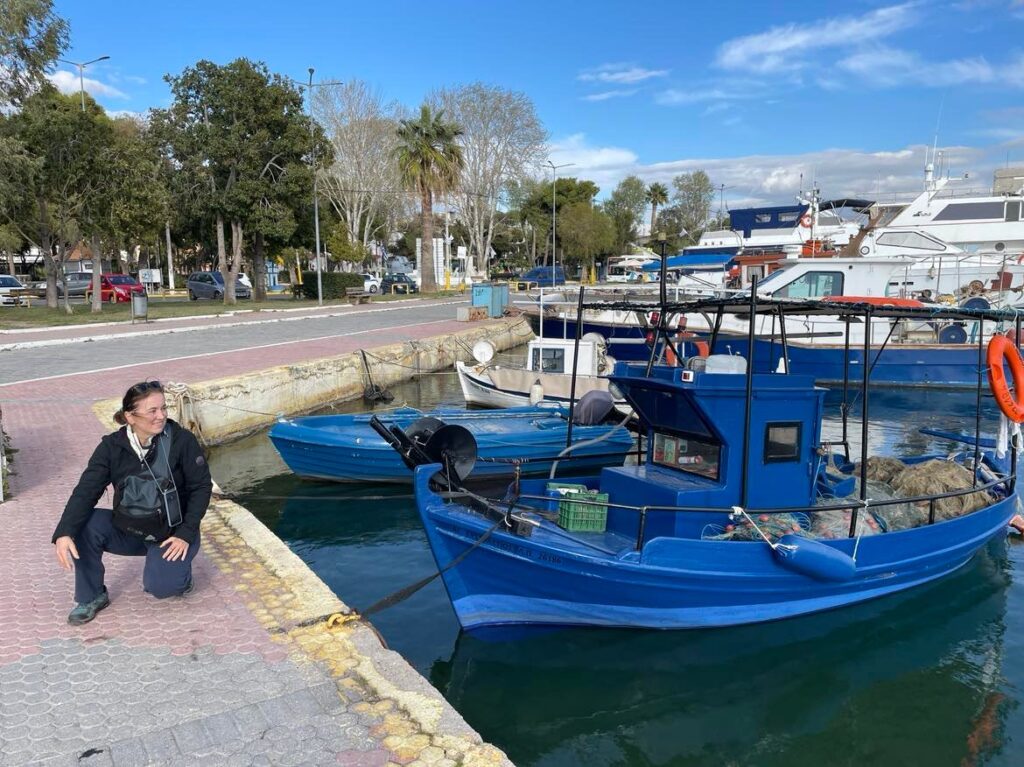
However, the modern town of Eleusis, over the last decades, from a small seaside town became a heavy industrial center with the nearby establishment of the largest oil refinery in Greece.
In the last decades, significant improvements have occurred to protect and cleanse the natural environment of Eleusis. Today, it is a charming and intriguing town with numerous activities and attractions.
The Myth Behind the Eleusinian Mysteries
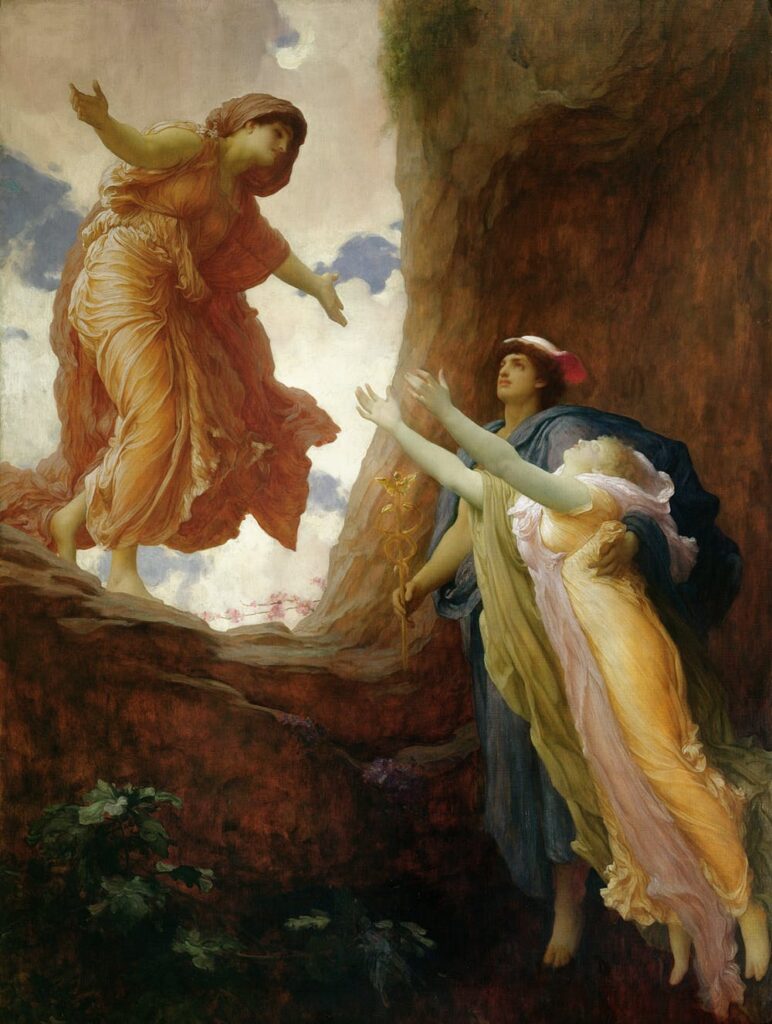
According to Greek mythology, Pluto, the god of the Underworld, abducted the beautiful Persephone, daughter of Demeter, goddess of agriculture, and made her his wife.
Demeter angrily left Olympus, came to Eleusis, and swore nothing would grow on the earth until she saw her daughter again. The world started suffering from famine, so Zeus had to intervene and find a solution which he did: Persephone would spend 6 months with her husband in the underworld and the rest with her mother on Earth.
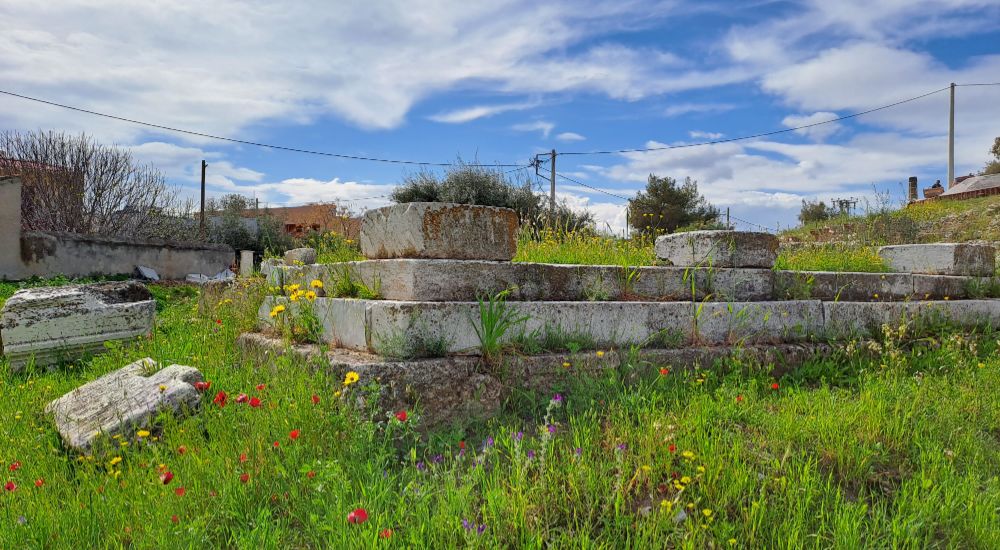
This is a beautiful story that explains the cycle of the seasons. As for Eleusis, Demeter rewarded the town by teaching the successors of the royal throne the “Mysteries”, which gave the city glory and wealth, making it one of the five great destinations of Ancient Greece.
Besides Eleusis, the other 4 Sacred cities were Athens, Olympia, Delphi, and Delos Island near Mykonos.
What exactly were the Eleusinian Mysteries?
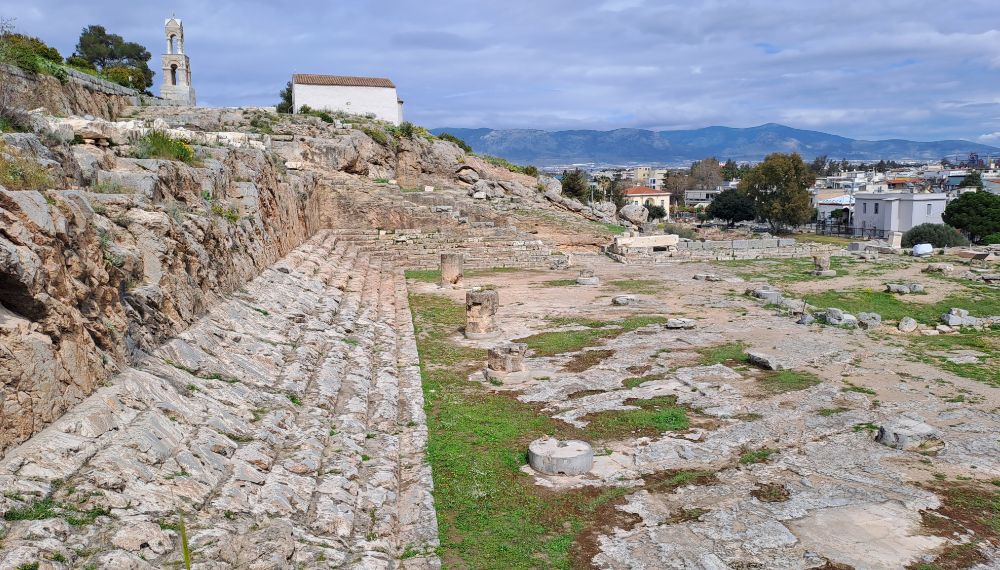
The Eleusinian Mysteries occurred during the month of Voidromionas (September – October) and lasted for nine days.
The Eleusinian Mysteries or the Mysteries of Demeter, goddess of agriculture, and her daughter Persephone (goddess of spring and the underworld queen) became first popular around the 6th century BC.
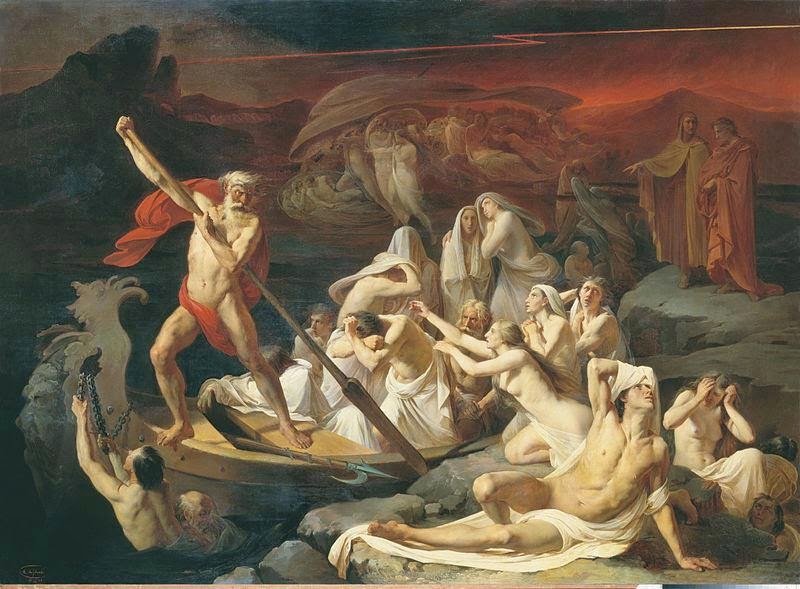
The underworld as described by Homer in his epic poems (around 8th c BC) was a bleak, dark place where the dead roamed like shadows, with no memory or senses. However, during the 7th and 6th centuries, a few new (mystery) cults promised happiness after death. One would become an initiate (mystis if one, mystai in plural) and follow this mystery cult.
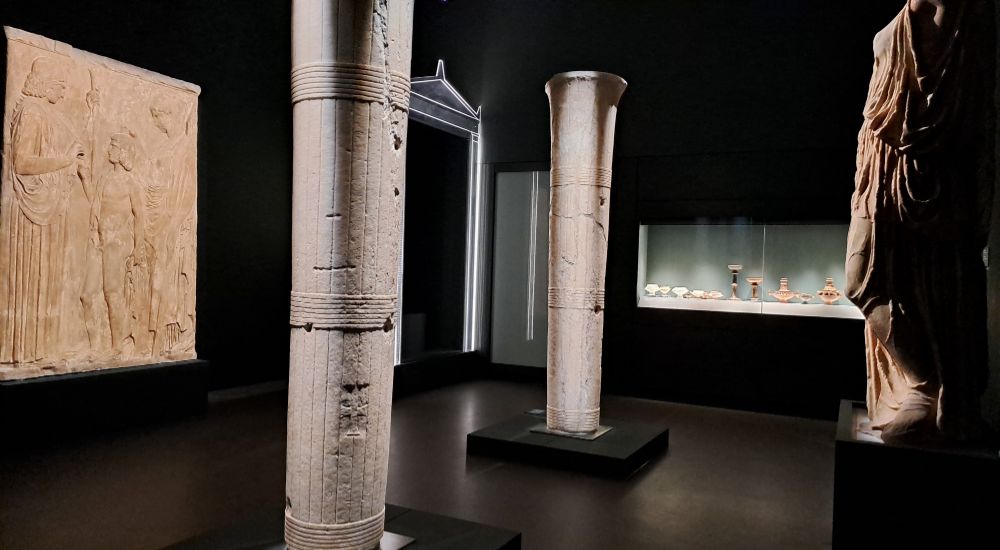
During the Eleusinian Mysteries, the participants became one with nature and experienced its greatest mystery, the mystery of life and death.
Essentially, the Mystai (the active participants in the Mysteries, the initiates) learned not to be afraid of death and to accept it as part of the life cycle and as a step towards rebirth, just as it happens in nature: the plant dies but the seed gives it a new plant.
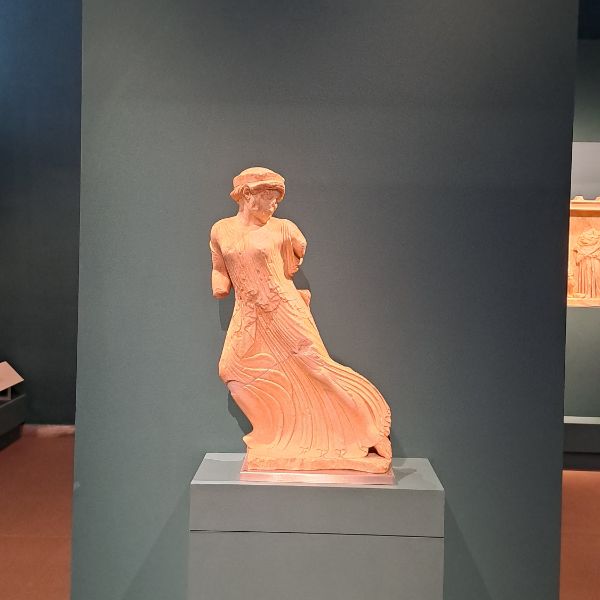
The Eleusinian Mysteries continued for 1000 years until Christian Emperor Theodosius banned them in 392 CE and their destruction by the Visigoths was the final stroke for Eleusis.
What happened in the Eleusinian Mysteries?
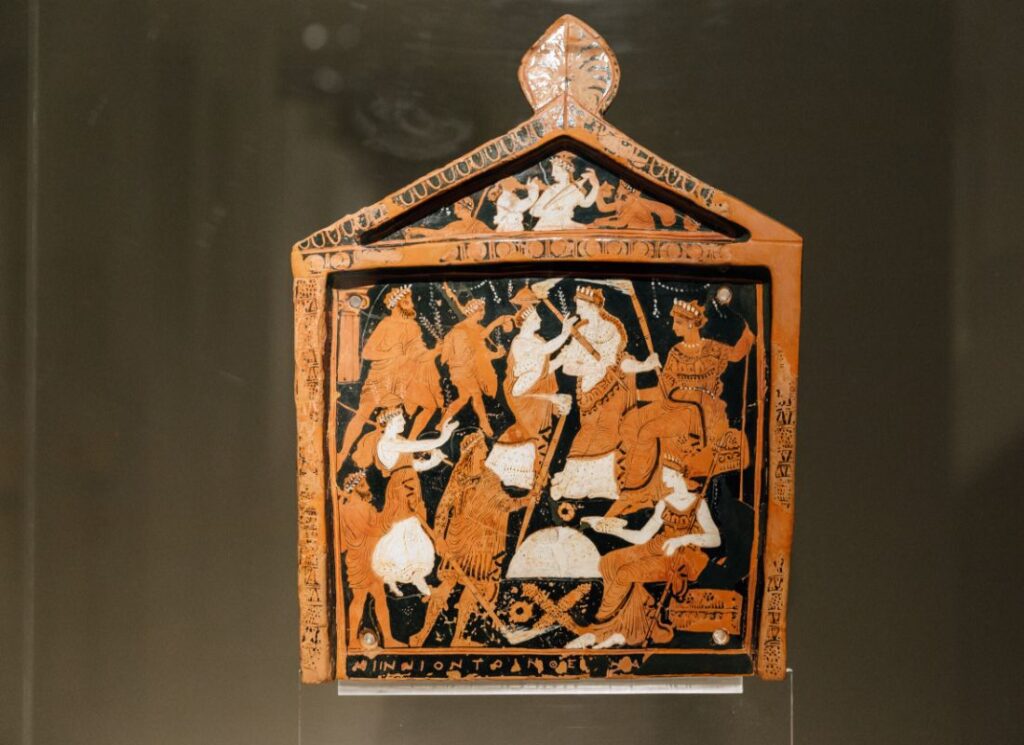
“Eleusinian Mysteries core was the myth of Persephone’s abduction and the mystai, probably through a symbolic re-enactment of the “death” and “rebirth” of Persephone and other sequences of steps, claimed a better life after death.
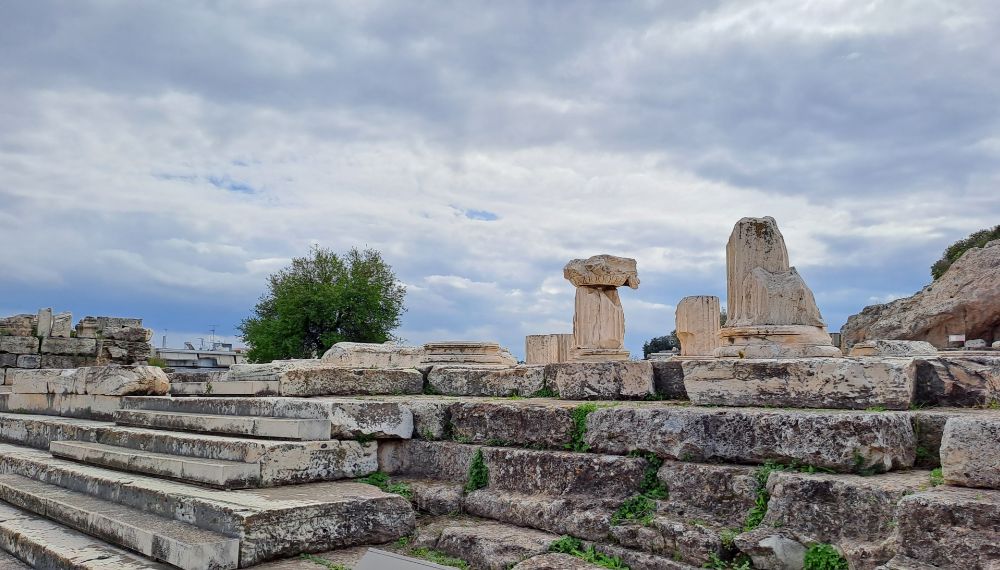
So how did the ritual go about?
The Eleusinian Mysteries began from the Acropolis of Athens! The participants would carry the sacred objects to the small sanctuary of Demeter on the Acropolis. The object would stay there for a few days.
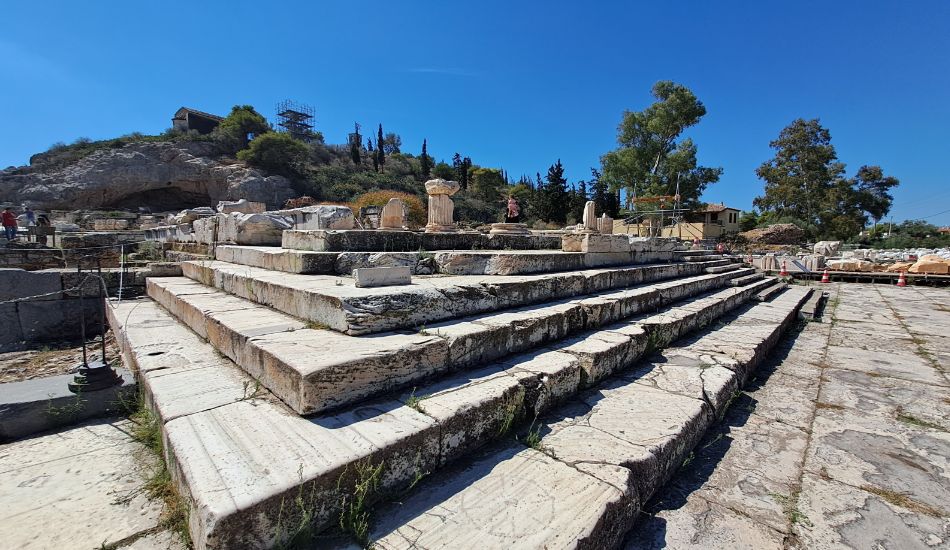
Meanwhile, the mystai participated in a purification ceremony which included a sea wash in Faliron, made sacrifices, and began fasting and meditation.
On the fifth day, they would form a religious procession and walk the 21 km to Eleusis through the Sacred Way (Iera Odos).
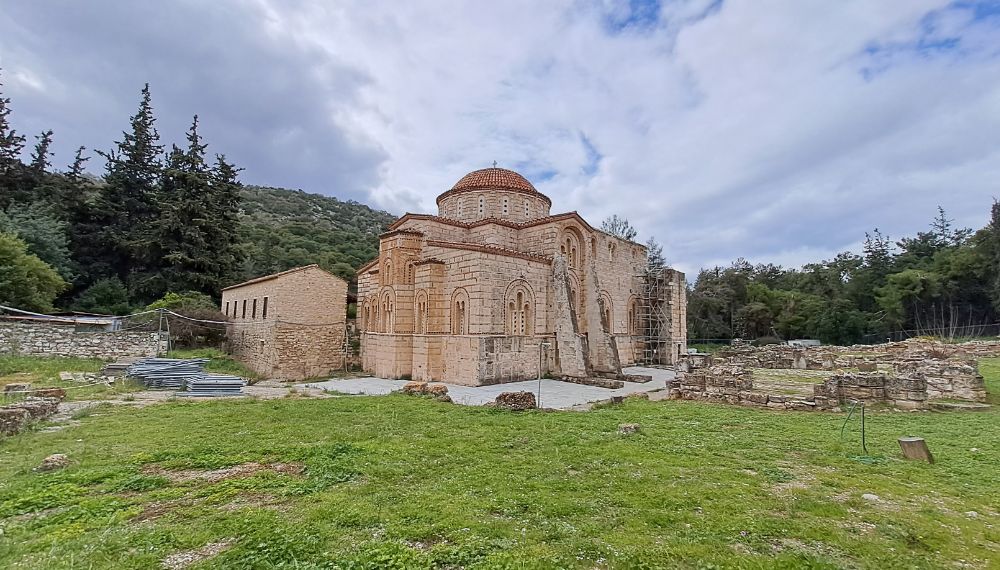
The Sacred Way or Eleusinian Way starts at the Kerameikos archaeological site in central Athens and follows more or less the same route that the modern Sacred Way follows.
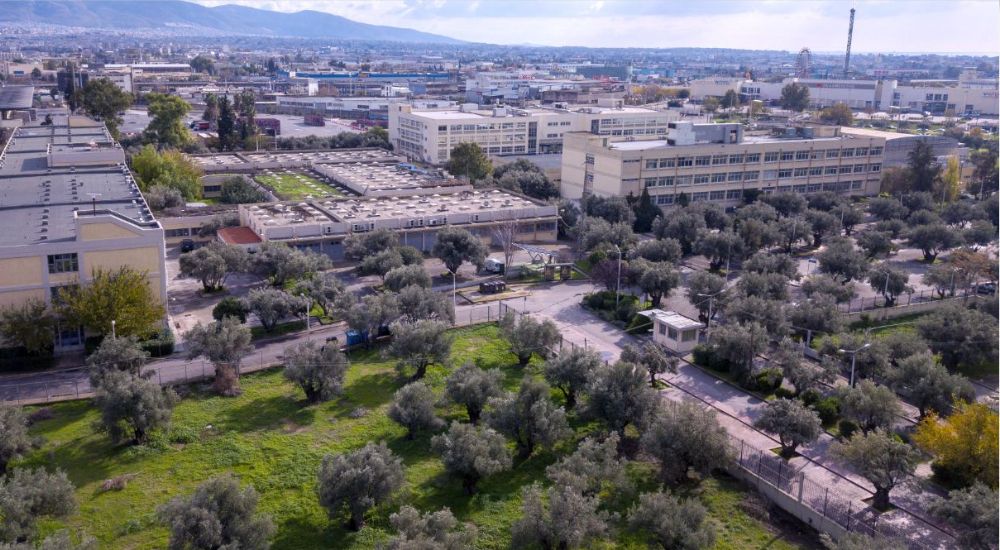
The Eleusinian Procession would cross the ancient Athenian area of Laciadae. Laciadae had many olive trees and the ancient Athenian rulers protected the area as the trade of olive oil was valuable for them (as it is for us today as well). The modern name of Laciadae is Elaionas (there is a metro station) which in Greek means ‘olive grove’.
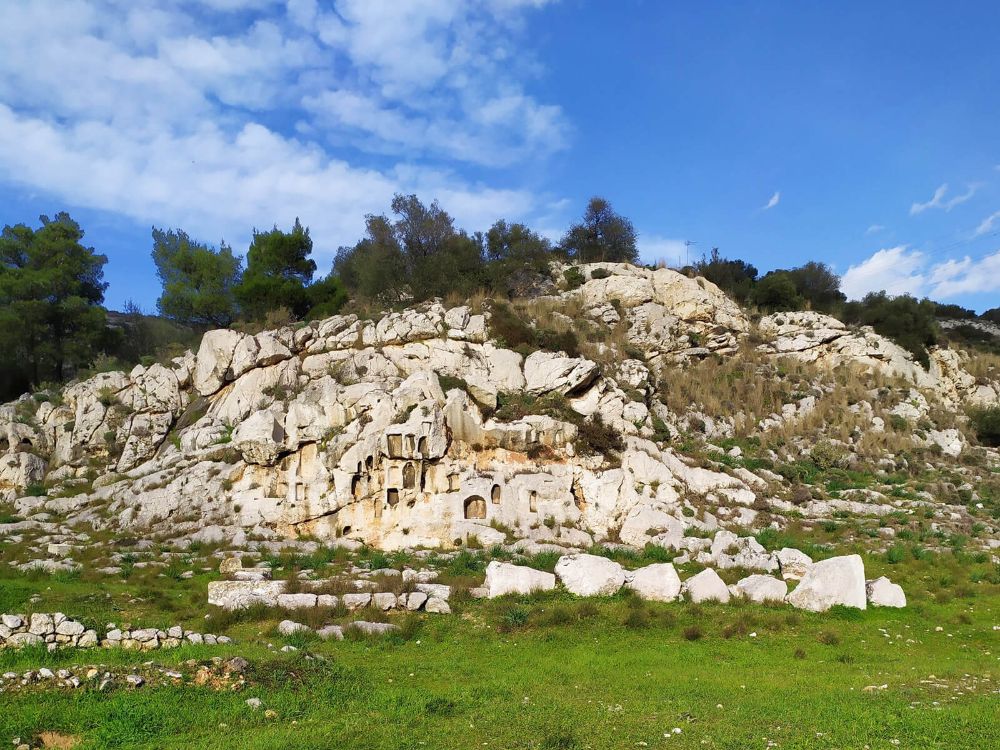
The Mystai would make a short stop at the Sanctuary of Aphrodite a bit further from the UNESCO Monastery of Daphni on their way to Eleusis.
The next stop was the 2 Rhitoi lakes (today only one still survives) and immediately after, the procession would stop at the ‘Realm of Krokon’. Soon they would enter the Thriasian Plain, the most fertile plain of Attika where according to Mythology this is where Demeter taught humans about agriculture.
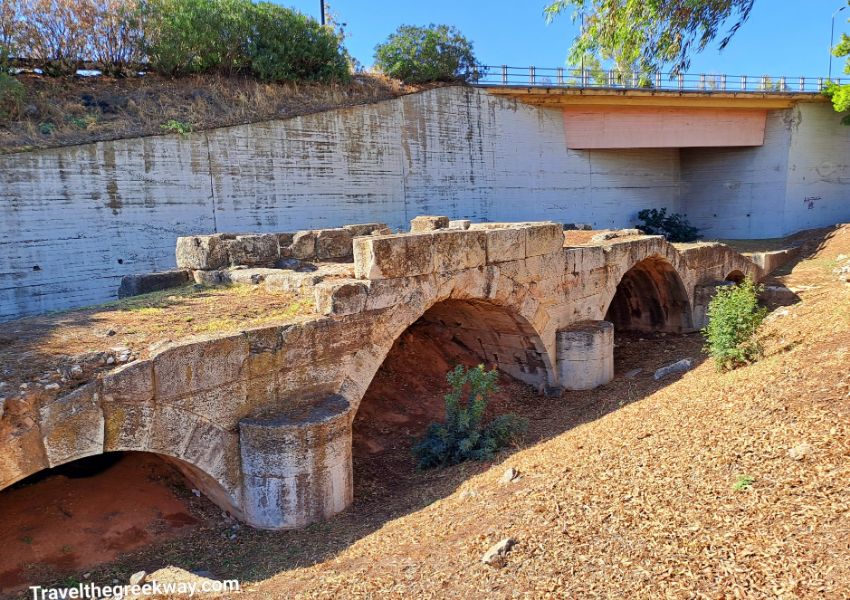
One kilometer east of the entrance of the Sanctuary of Demeter in Eleusis, in an impressively good condition, still stands Emperor Hadrian’s bridge. The limestone bridge is an excellent example of a Roman bridge built when Hadrian was initiated into the Eleusinean Mysteries in 125 AD.
As soon as they left the bridge behind them, they would arrive in Eleusis. Each one of the mystai was holding a torch and the scholars assume that the night passed with dances around the «Kallichoron well».
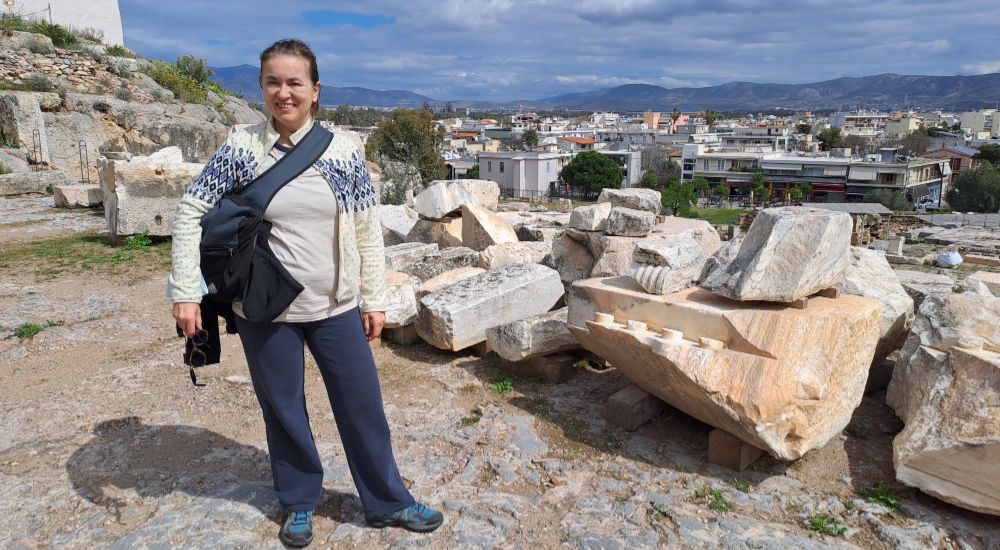
After the sacrificial offering in Eleusis, the mystai interrupted the fast by drinking the kykeona, a mixture of water, flour, and a type of herbal tea (fliskouni).
The rites they performed in the Telesterion remain secret. What we know for sure is that the mystai swore that they would never reveal the rituals of the sacraments to anyone, and that is why we do not know many things.
Who could participate in the Eleusinian Mysteries?
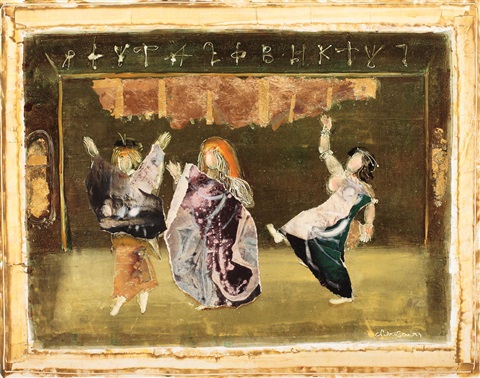
Eleusinian Mysteries by Corneliu Petrescu
The celebration within time takes a Panhellenic character while many more pilgrims visit Eleusina from all over Greece. Women, men, and children attended the Mysteries irrespective of their social class, race, or place of origin.
However, the barbarians (those not speaking Greek) and the murderers were not allowed to participate.
The Archaeological Site of Eleusis
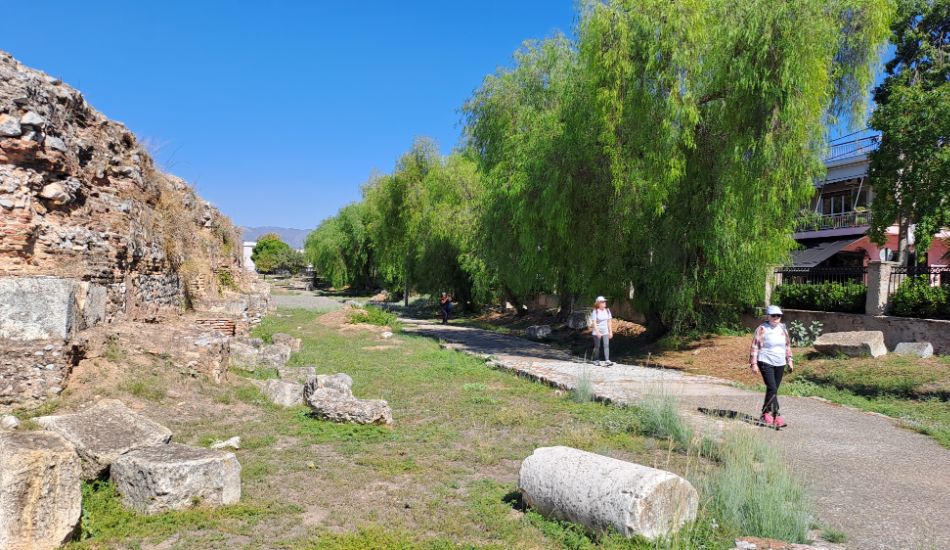
The Archaeological Site of Eleusis was fortified with the Peisistratean Wall in the 6th century BC and there are traces that you can see today. The site is extensive, including monuments from the classical and Roman eras and the chapel of Panagia Mesosporitisa on top of the Telesterion.
There is also a brand new and brilliant museum renovated in 2023 that I highly recommend you visit and see the exquisite exhibits.
Greater Propylaea
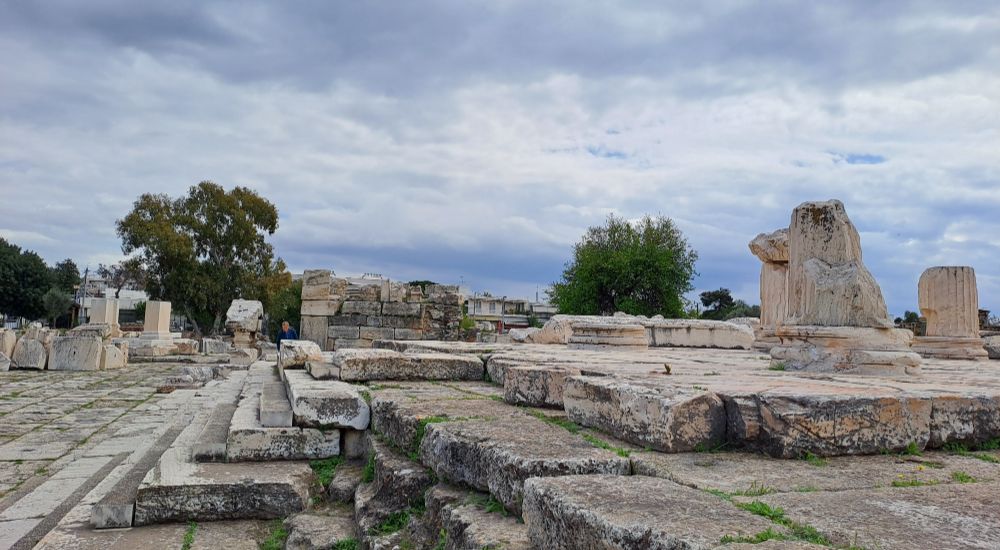
This was the imposing getaway to the sanctuary in the Roman Times. It was almost an exact copy of the Acropolis Propylaea. Emperor Marcus Aurelius, who ruled from 160-181 AD, completed the construction of the Propylaea.
At the entrance of the Greater Porpulaea, the uninitiated, mostly the slaves of the people who had entered the Sanctuary, would wait right there. To pass the time, they would play tic-tac-toe that they would carve on the marbles. You can easily see them even today.
Ploutonion
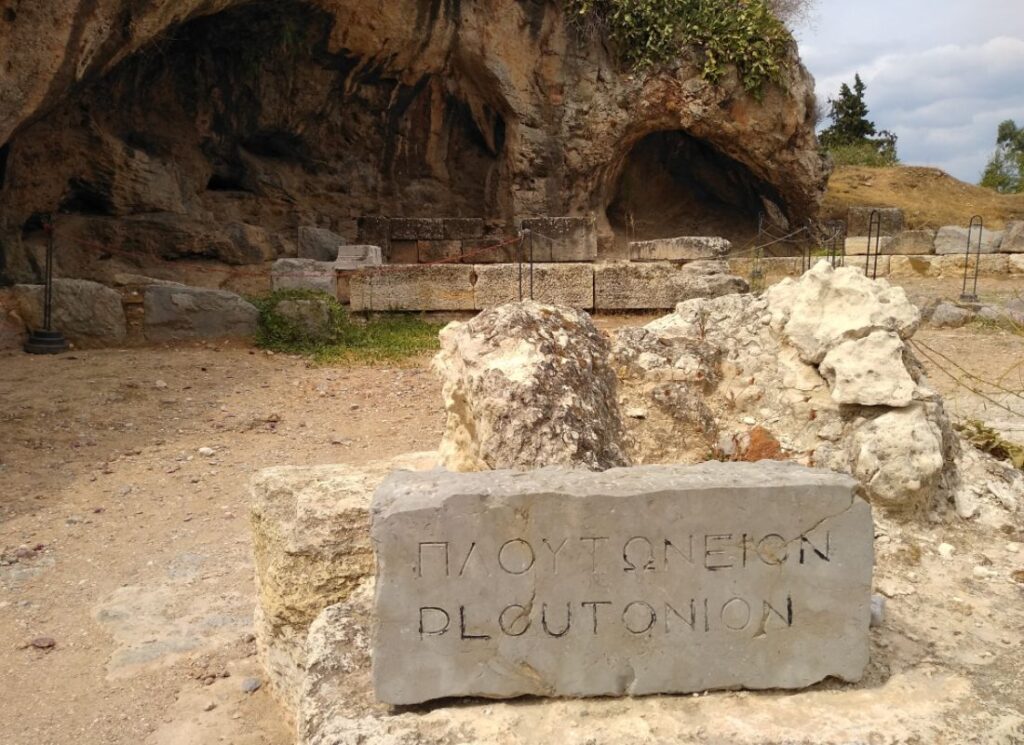
On your right hand, after the Propylaea, you will see 2 shallow caves that were probably the cult’s core. In front of the larger one, lie the remains of a small temple dedicated to Pluto, the god of the underworld (Chthonic god). The temple is dated from the 4th century BC.
We do not know exactly how the caves were used and what ritual was involved, perhaps as a setting for the presentation of Persephone’s annual return from Hades (the Underworld).
Telesterion
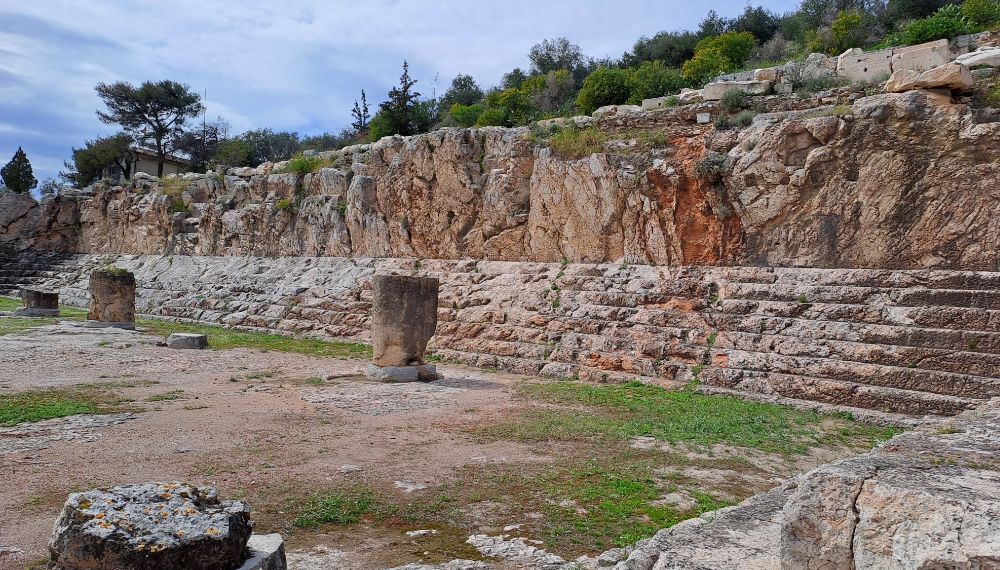
Telesterion is the most important building of the Sanctuary, as it served as the space where the worship ceremonies of the Eleusinian Mysteries took place. The classical Telesterion was an almost square hall, a large construction of approximately 51.20×51.55 meters, and two entrances. There was enough room for 5.000 standing people.
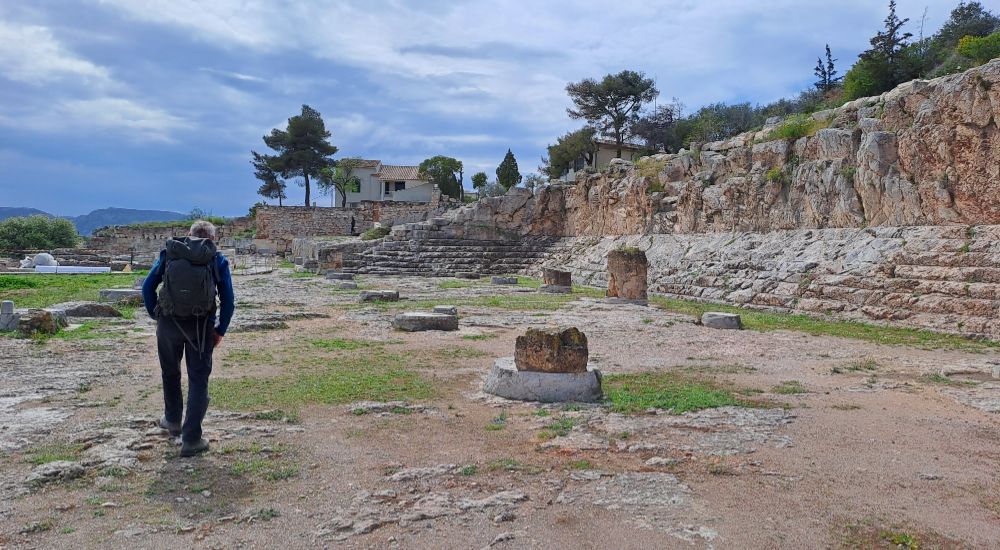
The Telesterion of classical times was designed by the architect Ictinus, one of the two architects of the Parthenon in Acropolis. However, after Pericles died three other architects completed the project: Koroibos, Metagenes, and Xenocles. Date of construction: c. 435 BCE – 421 BCE.
In 170 CE the Telesterion was set on fire by the Costoboci, northern invaders. During its reconstruction, in the years of Emperor Marcus Aurelius (121-180 CE), the design of classical times was preserved.
Church of Panagia Mesosporitisa
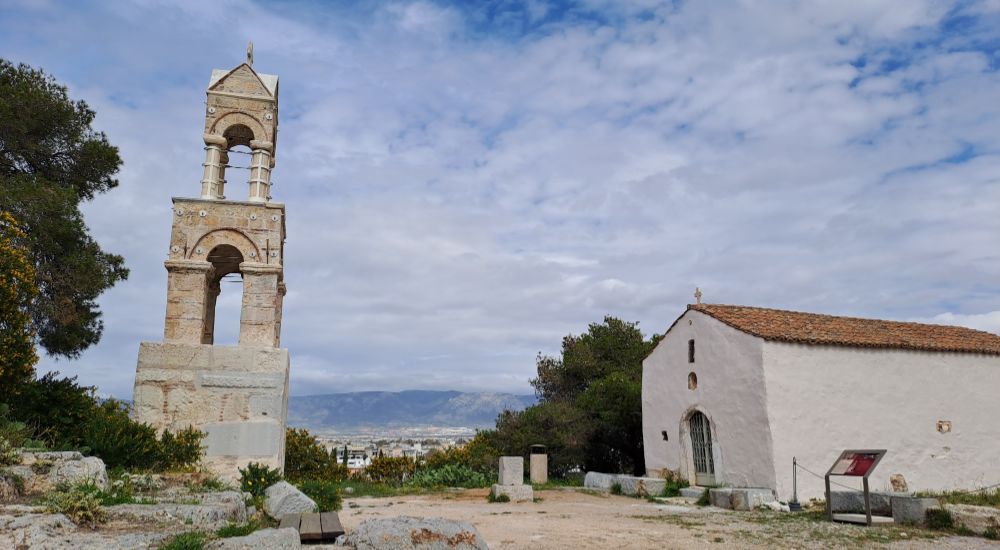
Set on a low hill inside the archaeological site you will also see the post-Byzantine church of the Virgin Mary (Panagia). The belfry that sits right across from the church was built with ancient material.
Eleusis Greece Museum
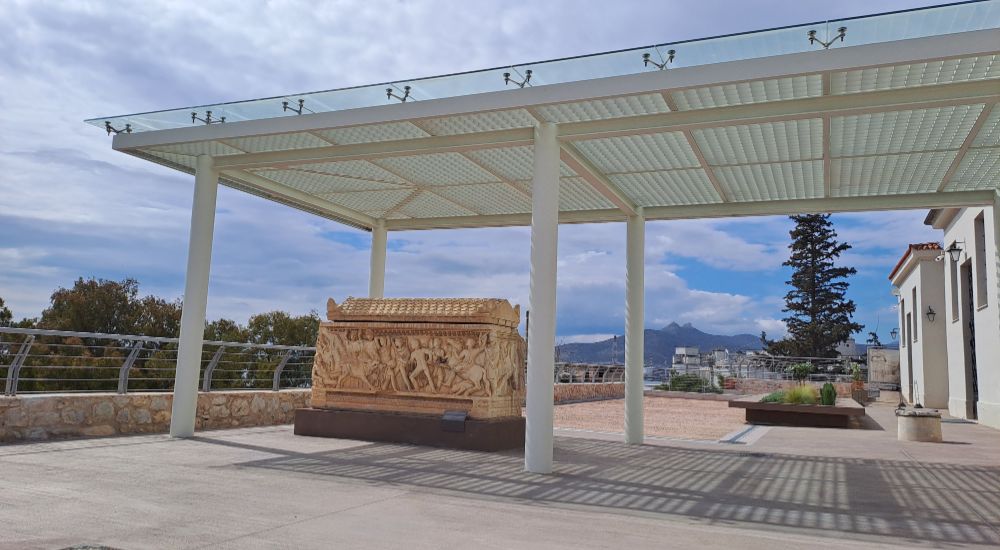
In the newly renovated Museum, to celebrate that Eleusis was chosen as a European City for 2023, there is a variety of exhibits.
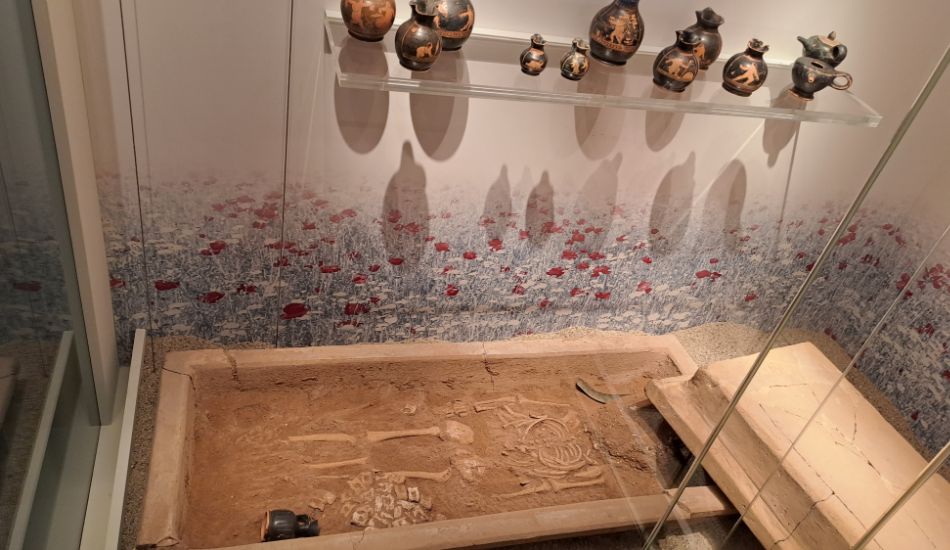
There are findings from the excavations in the area of the Sanctuary and secondarily burial material from the so-called Western Cemetery, the main necropolis of Elefsina, and from the southern necropolis.
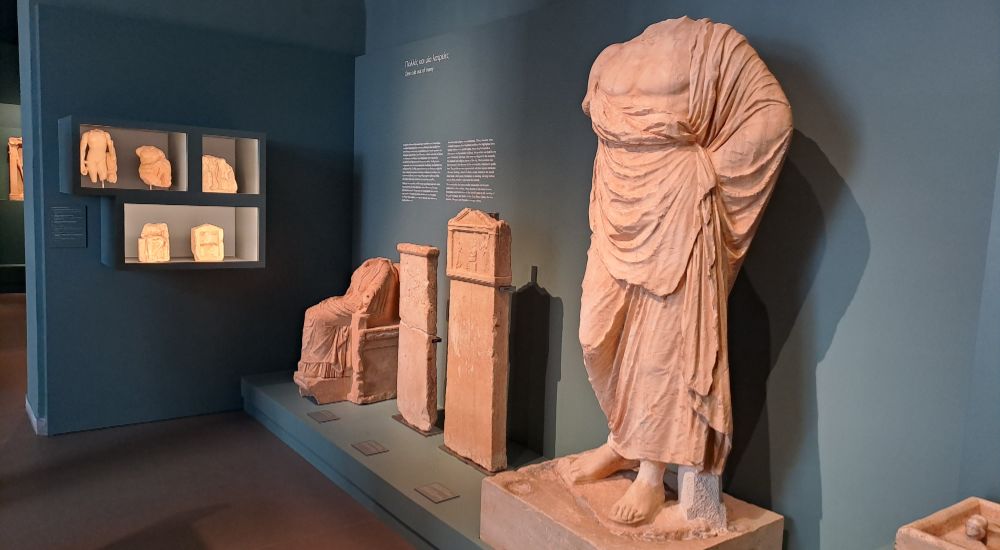
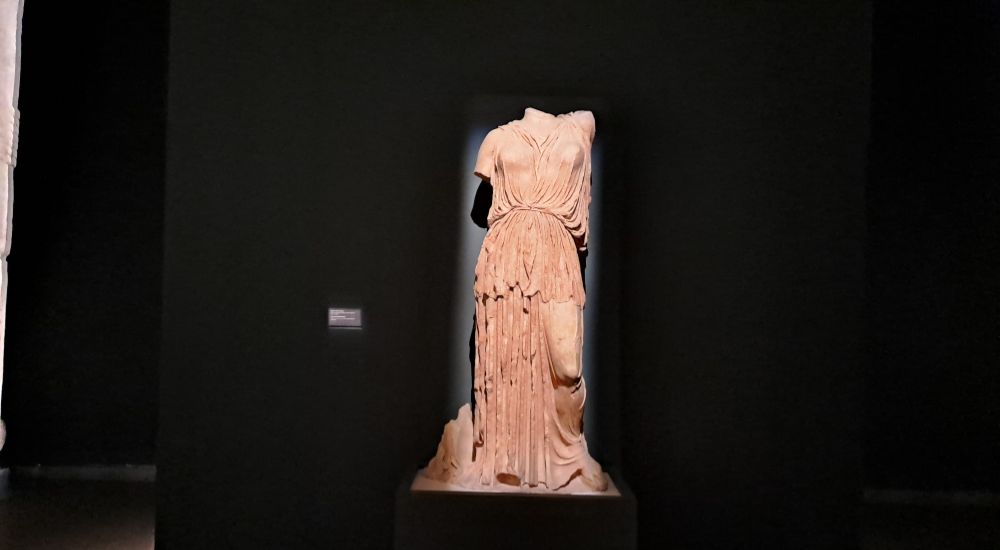
Other monuments that you will see on the Eleusis site are:
- The Lesser Propylaea served as the inner entrance to the Sanctuary. Two Caryatids of Pentelic marble supported its ceiling. You can see one of them in the Eleusis Archaeological Museum. The second one was stolen by the English traveler Edward Clark and was transported to Cambridge in 1812 where it still is today.
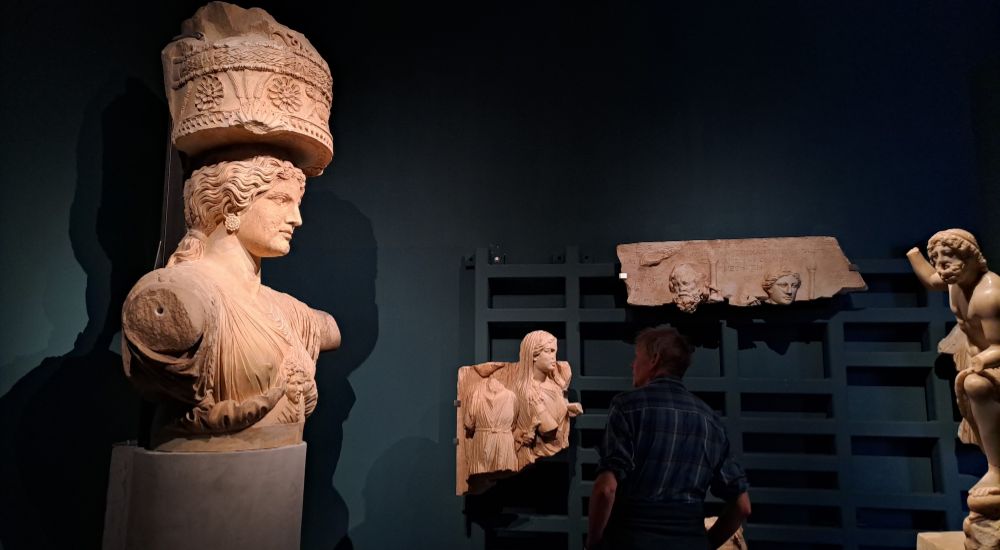
- Temple of Sabina, Adrian’s wife
- Remains of the Periclean Fortification Walls
- Kallichoron Well
- Roman Cistern, near the Great Propylaea with two subterranean vaulted spaces
- East Triumph Arches
- Isiroi: warehouses where barley and wheat were stored, which all cities had to offer as a tax to goddess Demeter
- Baths, and Hostels: They were used to serve the needs of the large number of worshippers that were visiting the Sanctuary
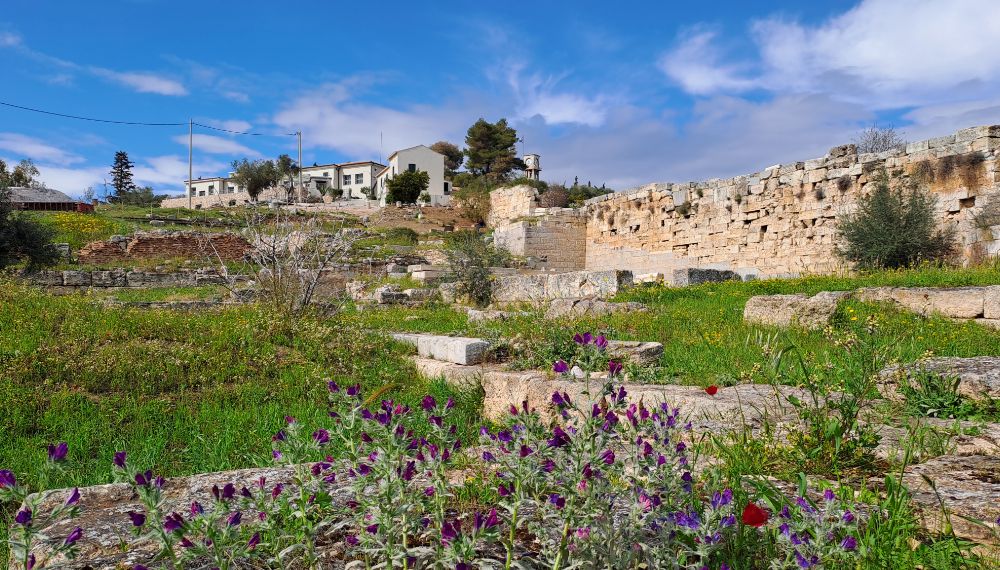
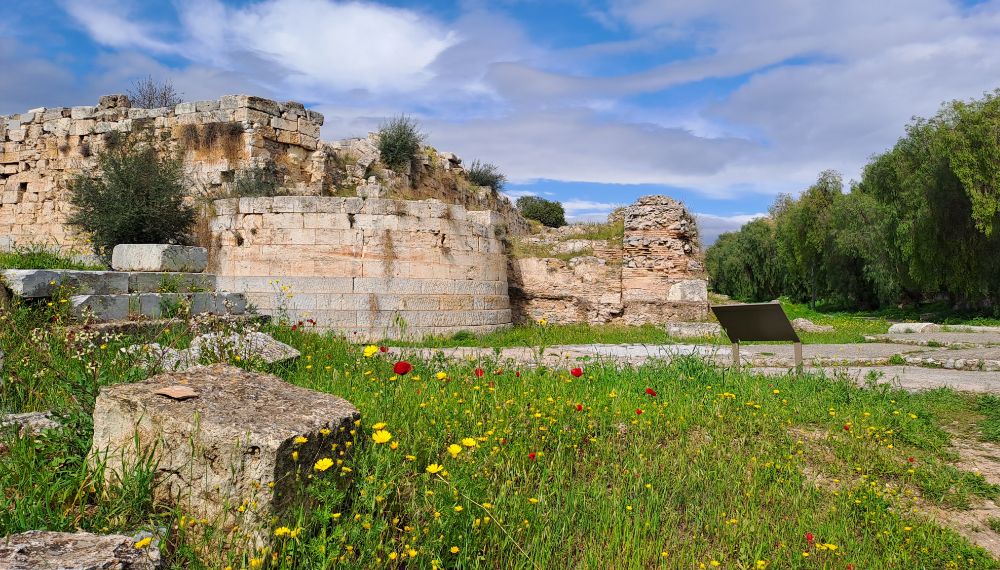
The temple of Demeter and every sacred site in Eleusis were destroyed by the Arian Christians in 396 AD, leaving only ruins and rubble. (Source: Eleusis Archaeological Museum).
In eastern Attica, there were three other important places of worship:
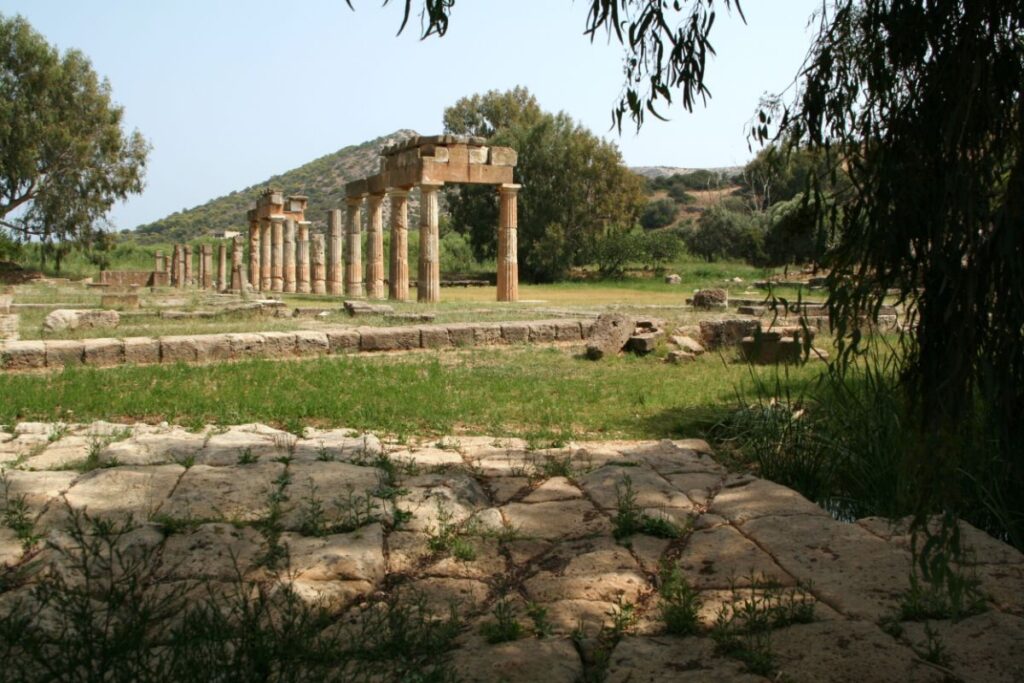
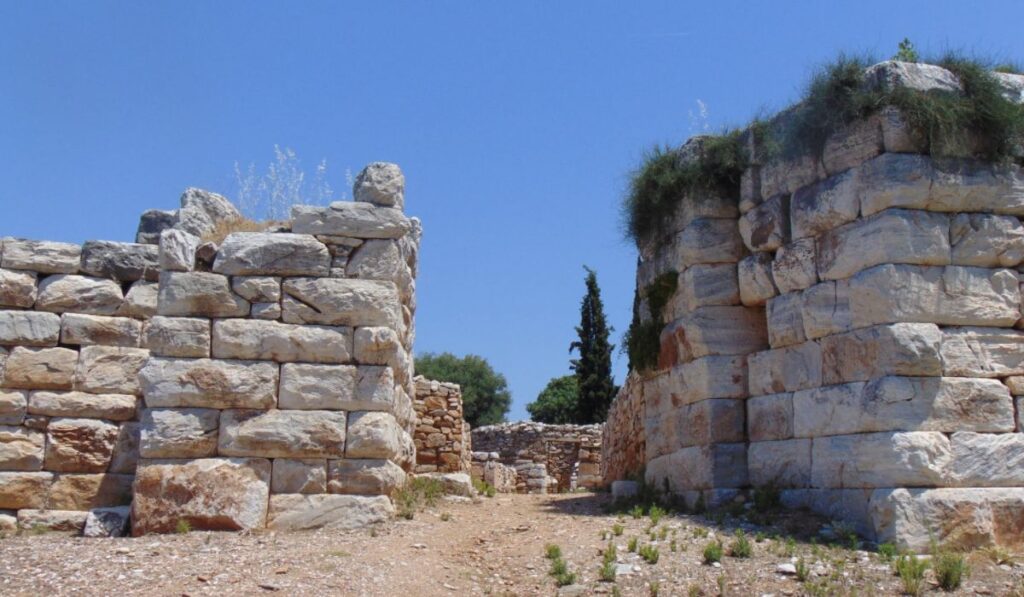
- Vravrona in the area of the ancient Athenian municipality of Arafinos, which was a place of worship for Artemis
- Ramnous, in the area of the ancient Athenian municipality of Marathon, where the goddess Nemesis was worshiped and
- Amphiareion of Oropos, on the border with Boeotia.
Ancient Book for Eleusinian Mysteries
The oldest and most complete book on the Mysteries is the ‘Hymn to Demeter‘, written at the end of the 7th century by an unknown poet who was an initiate himself.
Post-industrial Eleusis Landscape
Eleusis is the city with the most inactive industrial spaces that are inextricably linked to its economic and cultural identity and are included, due to their high historical and aesthetic value and their remarkable architecture, in the cultural heritage of Elefsina.
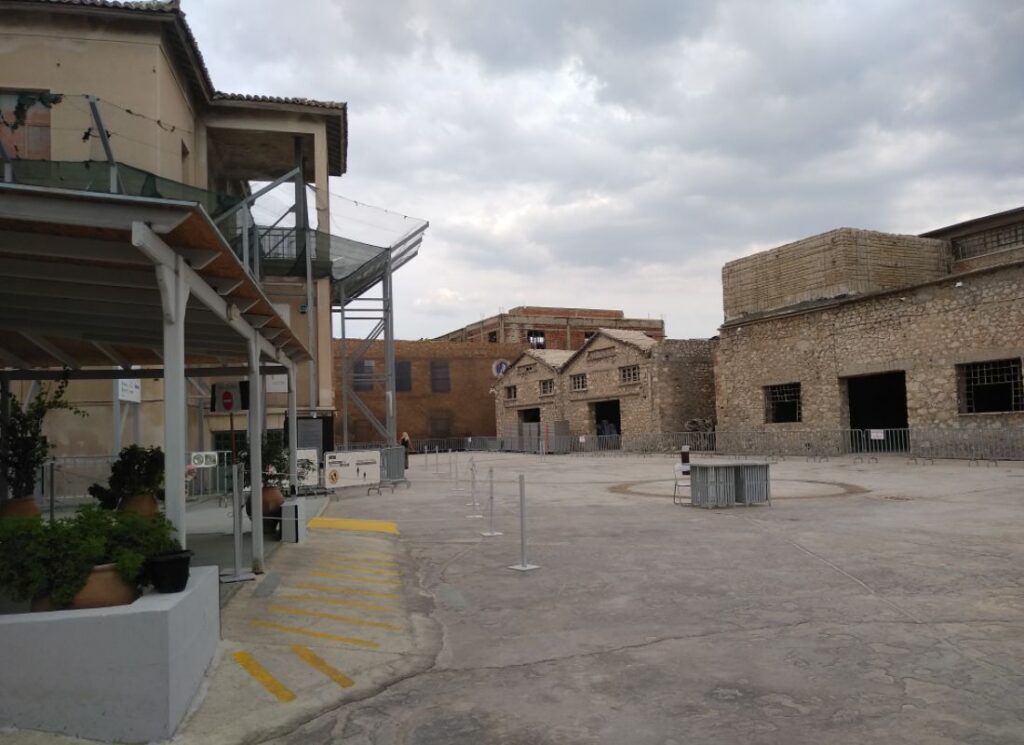
Some of the buildings are being used in artistic projects such as the Aisxylia Festival, the oldest, largest, and most prestigious art festival in Elefsina operating since 1975.
The festival is under the auspices of the Ministry of Culture and Sports & the Hellenic Tourism Organization.
The Old Olive Mill hosts today’s cultural events but part of it will be turned into the new Elefsina Museum. Eleusis after all those major makeovers, hopefully, will become a much better place for people to live in.
Where to Stay in Eleusis

Elefsina Hotel, is a 4-star hotel, near the archaeological site, in a quiet urban location approximately 30 minutes from the port of Piraeus, with a swimming pool, good-sized rooms, very comfortable beds, a large continental breakfast, and helpful staff.
How to Get to Eleusis
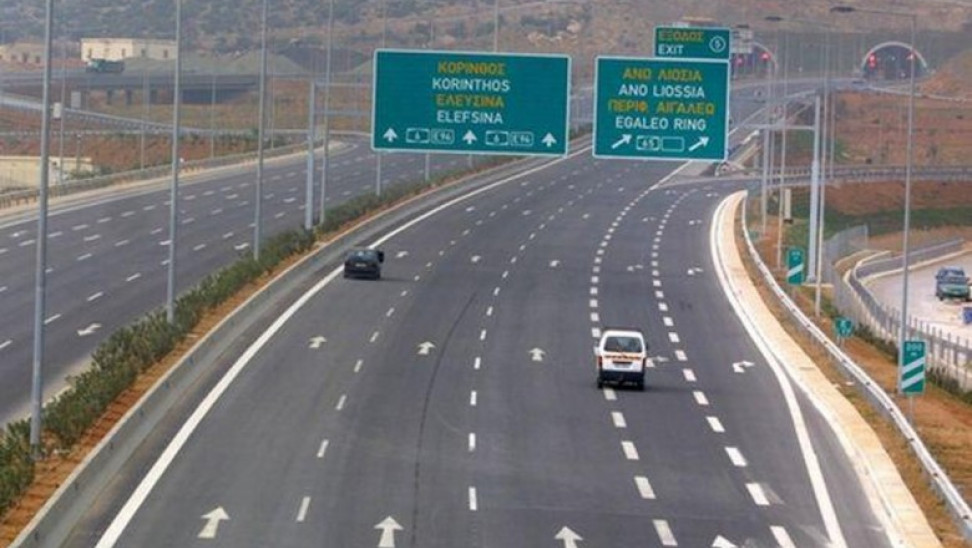
Elefsina is about half an hour’s drive towards the Peloponnese from Athens although some mornings it gets more traffic. There is public transport available at a low cost from the center of Athens.
However, the most convenient is to rent your car and stop whenever you want for as long as you want without stress about bus timetables.
For more travel to Greece tips and beautiful destinations in the Greek islands please join my FREE Facebook Group or SUBSCRIBE to my YouTube Channel for amazing videos of Greece, I would love to welcome you! Until then happy and safe travels, Evgenia.
Plan My Trip to Greece
Do you need a custom travel itinerary or a transfer within Greece? Are you traveling solo, with your family or friends and need a tailor-made multi-day tour or a transfer?
If yes, please visit my dedicated Plan My Trip Page for a personalized itinerary!
My Most Popular Posts
- Greece Packing List – What to pack for a 10-day trip to Greece
- First Time to Greece – Most Important FAQ
- Mamma Mia Greece Locations – All the mainland and island shooting areas in Greece
- Athens Hotels Near Acropolis
- Apartments Near Acropolis
Essential Travel Resources for Greece
- ‘Hello’ and ‘Thank You’ in Greek: “Ya sou” and “Efharisto”
- Booking.com: I use Booking.com mostly for Europe.
- Expedia: I use Expedia for the rest of the world.
- All-Inclusive Resorts in Greece
- FerryScanner to book ferries to the Greek Islands
- Rent an Affordable Car in Greece
- Athens Metro Website (timetables and ticket info)
- Trains (Hellenic Train)
- Public Buses KTEL
- Get Your Guide: For all your day or multi-day tours and city guide needs, I use Get Your Guide
- Emergency Numbers Anywhere in Greece: AMBULANCE 166 – FIRE 199 – POLICE 100– EMERGENCY NUMBER 112

I had the most amazing day touring both the Acropolis and Eleusis. It was truly inspiring. Evgenia Mataragka from http://www.travelthegreekway.com helped arrange everything. She was incredibly responsive to emails and got back to me right away. I only planned this a few days before arriving in Athens and yet she accommodated me on every request I had. She arranged a driver and connected me with an incredible local archeologist and guide named Sylvia. Her insight, friendliness, and passion for the myth story behind the Elleusian mysteries was truly remarkable. I would book with them again. If you are looking for a unique tour from someone that is incredible at putting together all the little details, then you can trust Evgenia. I was so happy with how it all turned out. Thank you so much.
Peg – Vancouver Canada
Dear Peg, Thank you so much for your kind words and we are very happy that you had a great tour of Acropolis and Eleusis 🙂